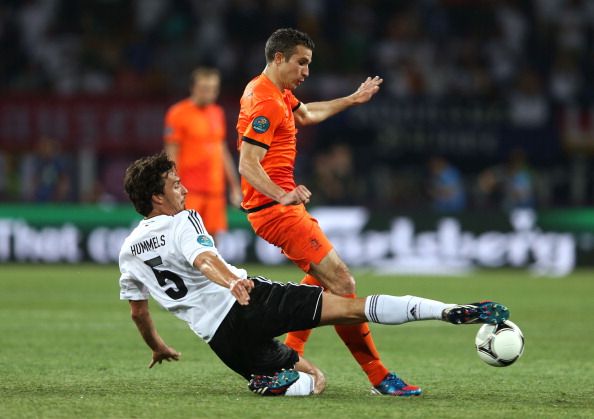
Football's fetish for attack and attack mindedness
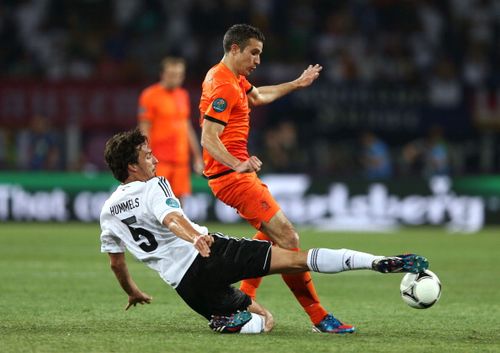
Football has always been unfair to the defenders, whether it comes to acknowledging their contributions, realizing their worth or honouring their work. Such has been the monopoly of offence that even when two teams are tied on goal difference it’s not the less number of goals conceded that matters but the number of goals scored; the team which scores higher number of goals takes it all.
The focus has been on goal scoring, so much that the more attacking defenders – defenders who chip in with a goal or two – are considered more of an asset to a team than defenders who like to stay behind and not join attacks. Full backs who are high on the assist list are rated more than the no-nonsense defence-minded fullbacks. Even goalkeepers are not spared nowadays; they are expected to start counter-attacks by propelling the ball to fullbacks or attackers making a run towards the opponent’s half.
This attacking mindset has changed the whole art of defending. The modern day centre backs are not only required to be solid defensively, but they are also expected to score goals. Fullbacks are expected to venture forward and cut inside and provide goals and assists. The defensive-minded defenders are an endangered species. They are rare and difficult to find. The best centre backs of the present generation like Matt Hummels, Thiago Silva, Gerard Pique, Vincent Kompany, Giorgio Cheillini, Pepe, etc. and fullbacks like Philip Lahm, Dani Alves, Jordi Alba, Leighton Baines, etc. are all strong defensively but come under the category of attacking defenders who create a lot of chances and score plenty.
Not that it’s wrong to attack. It’s called playing smart and making use of all your attributes. A defender in the general sense has good heading skills. When the ball comes flying in from the corners or free kicks, they are expected to rise high and connect with the looping ball.
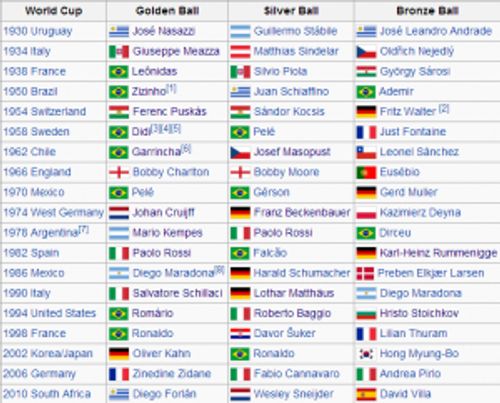
Golden Ball winners list
Notably, out of the 19 Golden Ball awards (Golden Ball is awarded to the most outstanding player in a World Cup), 18 of them have been won by midfielders and attackers. Oliver Kahn is the only goalkeeper to have won the award and no defender in the history of World Cup has ever won the Golden Ball. Again, out of 57 Ballon d’ Or awards or FIFA World Player Of The World awards (renamed in 2010), an outstanding total of 52 has been won by midfielders and attackers, one by a goalkeeper (Lev Yashin), one by a central defender (Fabio Cannavaro) and three by defensive midfielders who also played as sweeper or Libero (Franz Beckenbauer and Matthias Sammer and Lothar Matthaus).
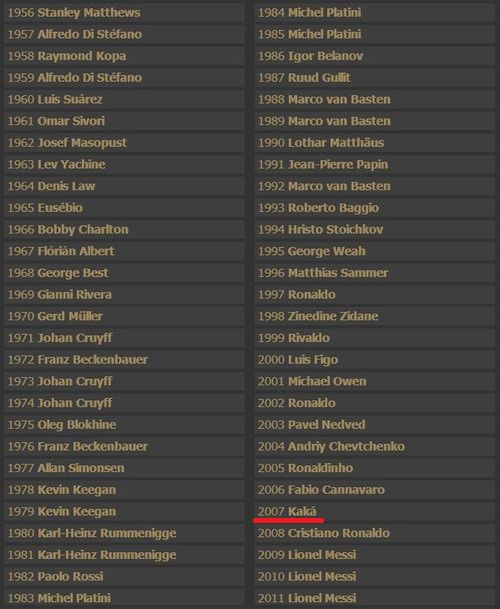
Ballon d’Or winners list
Transfer fees, or the amount at which a player is valued by a club, roughly tells us a player’s worth. It can be observed that attackers and midfielders are worth much more compared to defenders and goalkeepers. Out of the 50 most expensive players ever in the history of football only four are defenders (Rio Ferdinand, Thiago Silva, Marquinhos and Lilian Thuram) and there exists just one goalkeeper in that list (Gianluigi Buffon).
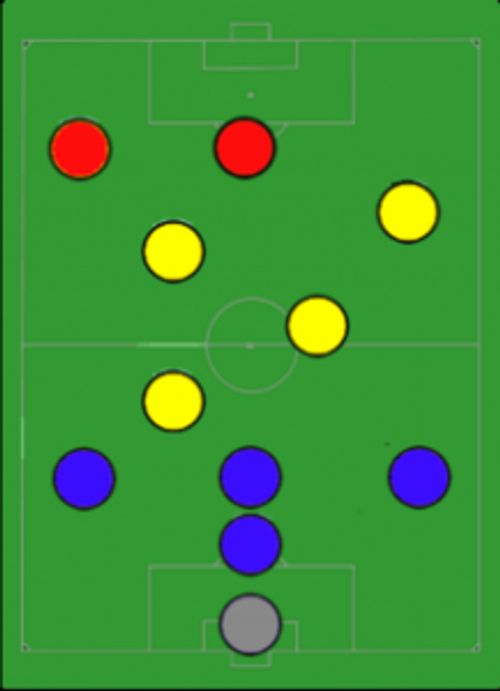
The Catenaccio formation, famously used by the legendary Helenio Herrera
Talking of formations, Catenaccio was a defensive formation formulated by the legendary Helenio Herrera to churn out small margin wins like 1-0, 2-1. Catenaccio was mainly based on the art of man-marking . It consisted of a sweeper or Libero who was placed behind the centre-halves and was assigned the role of guarding the defenders, if anything ever passed them. This system was modelled on man-marking and counter-attacking football. Herrera’s Inter, famously known as ‘Grande Inter’, made the most out of this formation and were highly successful in the 1960s. Notably, this was one of the only defensive formations which led to so much widespread success.
But little did Herrera know that somewhere in the Netherlands, a man called Rinus Michels was devising a plan to nullify the very base on which Catenaccio stood. Thus, ‘Total Football’ was born. Total Football was designed to ridicule man-marking. It was a free form of football where every player was required to have certain ball playing skills and every single outfield player could play at different positions.
The main motive was to keep possession and rely on spaces created by the opposition and clever usage of the offside rule. Hence, defenders used to the Catenaccio had no one, or a lot of players, to mark at the same time, leading to spaces. It is also important to note that Michels developed this system keeping in mind Italy’s players who were naturally strongly built compared to the Dutch. Total Football, as it relied on spaces and maintaining possession, didn’t require the Dutch to test their strength against their more fancied Italian counterparts.
So why are attackers more celebrated than defenders ? Because there is only one tangible yardstick in football called ‘goals’? Are tackles or goal line clearances or clean sheets meaningless? Is it because goals are entertaining and increase the commercial value of the spectacle? After all, everybody loves a high scoring match compared to one where both the teams share the spoils. Or is it due to the fact that there exists no parameter to measure defensive success, or the fact that it’s not concentrated into something palpable like goals/assists in terms of attacks?
This been too long overdue and it’s time we acknowledge that the art of defending, just like the art of attacking, is an indispensable part of a successful team. They deserve more than what we fans give them; they are massively underrated and are the ones who do the dirty work and deserve praise for their work. Statistics can be misguiding at times, and even though they don’t show it, every clearance, every challenge, every tackle, every block counts; at times even the yellow and the real cards as well.
So for a change let’s adorn their jerseys and applaud them for everything that they do. They are the real heroes.